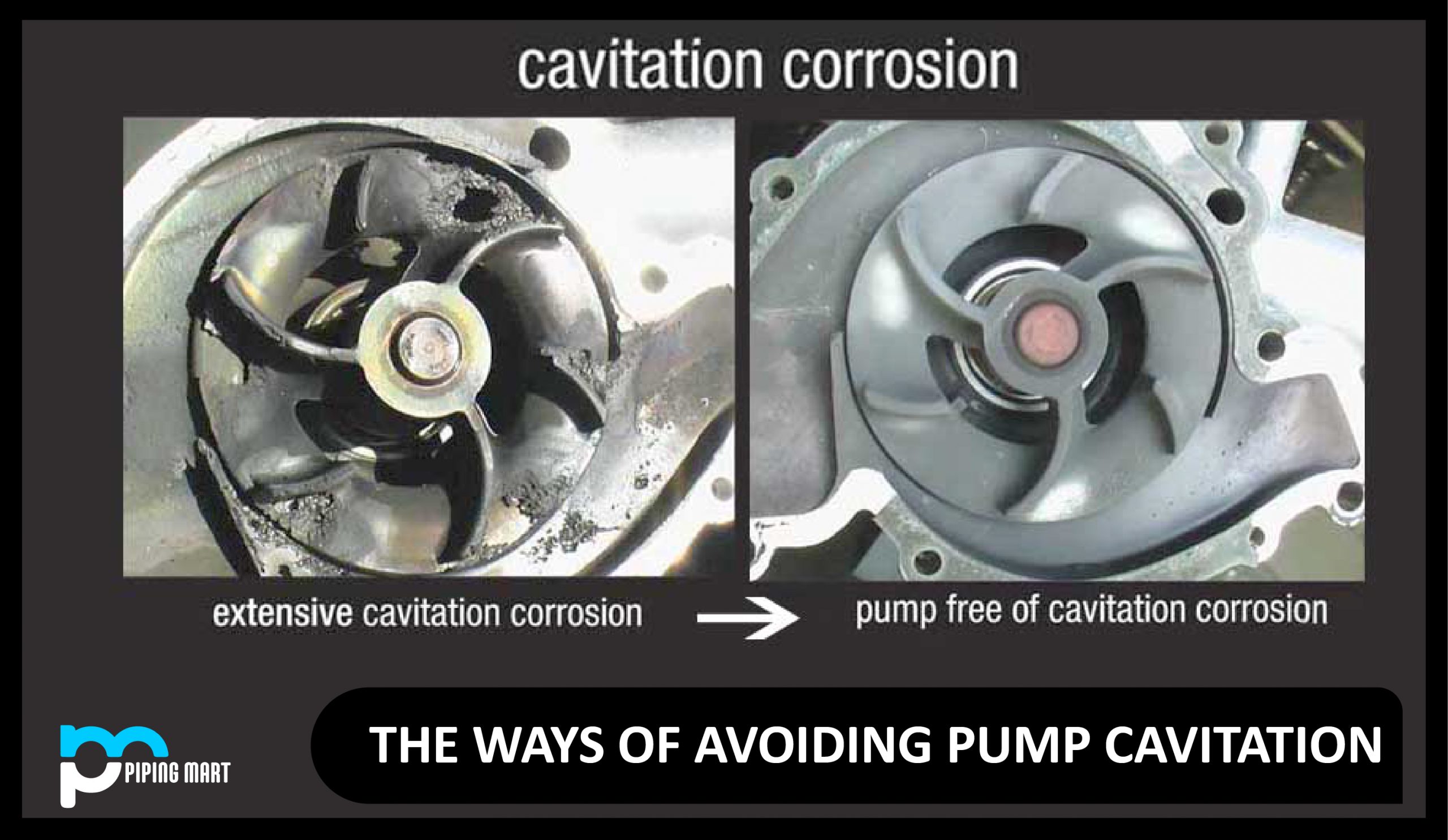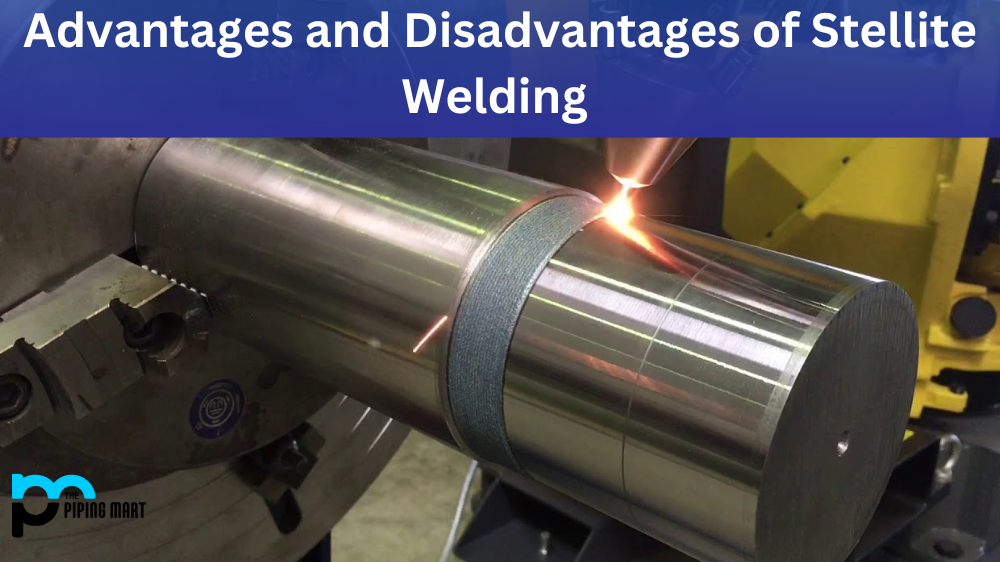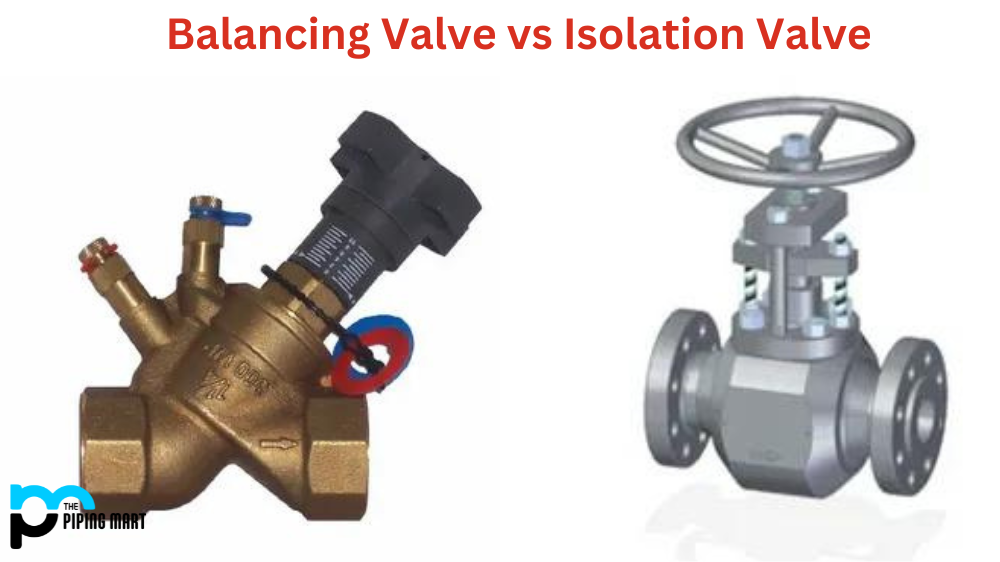Pump Cavitation is frequent with centrifugal pumps because they work by changing the pressure inside the unit to form a vacuum, forcing the liquid into the unit rather than pulling it in. Cavitation in submersible pumps is less common.
When the suction pressure falls below a specific level, the performance of the centrifugal pump degrades. This suction pressure, which is frequently determined concerning vapor pressure at suction temperature, is known as Net Positive Suction Head, abbreviated NPSH. If this NPSH falls, the impeller inlet pressure may fall below the vapor pressure, resulting in the formation of vapor bubbles or voids. When the moving liquid is subjected to pressures greater than the vapor pressure, the voids might implode, causing damage, which is known as cavitation.
What are the Effects of Pump Cavitation ?
One or more of the following symptoms or effects may occur as a result of cavitation:
- Failure of seals and bearings
- Variable Energy Consumption
- Observable Noise
- Mechanical harm
- Unusual Vibrations
- A flaw in pump performance
- Reduced or decreased flow or pressure
- Impeller Error
How Can Pump Cavitation Be Avoided?
Limiting void or bubble formation is an important technique to ensure that there will be no pump cavitation. This can be accomplished in a variety of ways, including
- Reduce the speed of the pump.
- Raise the liquid level to increase the net positive suction head and avoid the low-pressure condition.
- Lowering the operating temperature
- Reducing the RPM of the pump motor. Running the pump at the optimal RPM.
- Using a booster pump to provide power to the main pump
- Increasing the diameter of the impeller
- Use the most appropriate pump for the application.
- Select an impeller inlet design that minimizes vapor generation.
- Parallelizing two smaller capacity pumps
- Installation of an impeller inducer
- Compliance with the pump’s manufacturer’s performance guidelines.
- Increasing the size of the pump’s suction line
- Altitude or height has a significant impact on pump cavitation. Because liquids boil at a considerably lower temperature at higher altitudes, additional precautions must be taken to avoid cavitation.
- To keep cavitation under control, the fluid temperature must be checked.
- Avoiding pockets for air or vapor accumulation.
- Keep pipe reducers close to the pump.
- Periodic pump maintenance.
- Placing the pump in the right spot

Pipingmart is B2B portal specializes in industrial, metal and piping products. Also, share latest information and news related to products, materials and different types grades to help business dealing in this industry.




